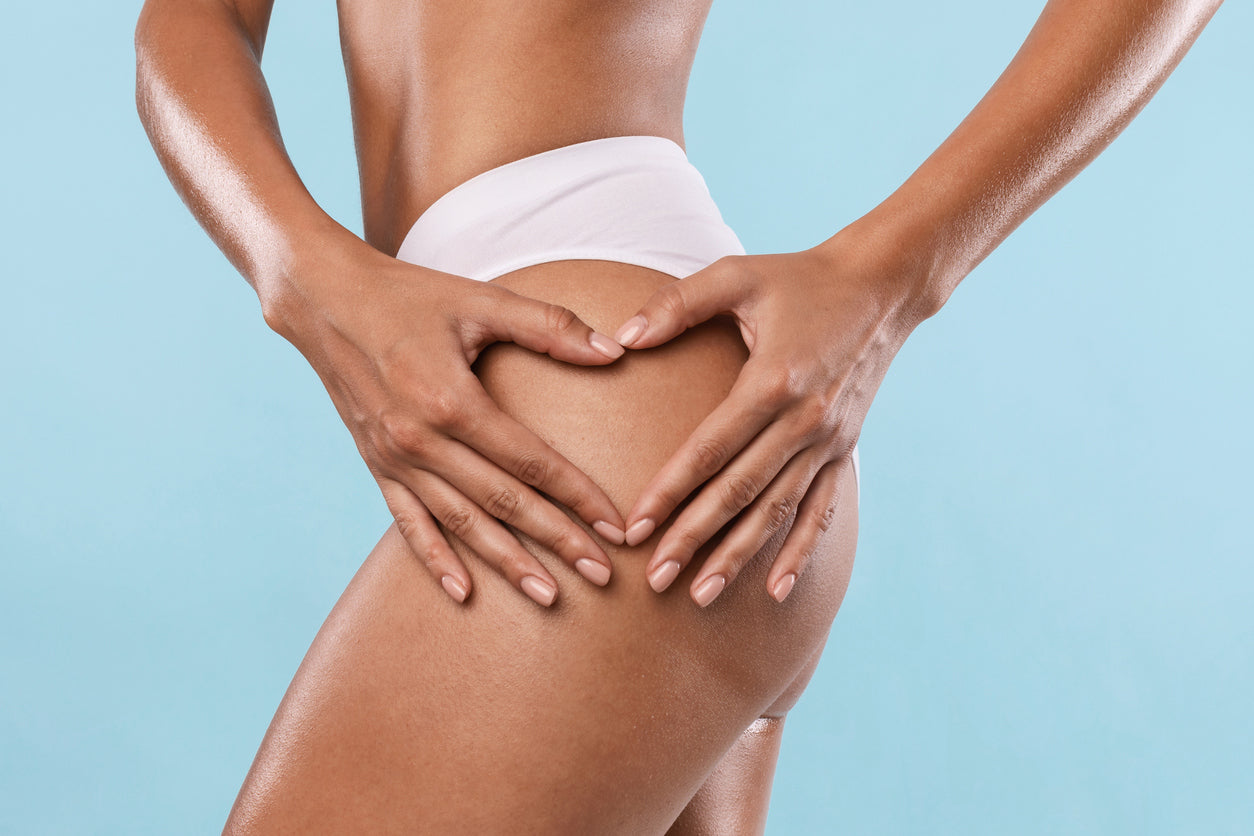Psoriasis is a skin disorder that causes red, itchy, scaly patches. The patches are most commonly seen on the elbows, knees, scalp, and trunk.
Psoriasis is a chronic or long-term disease without a cure. It typically goes through cycles where it clears up for a few weeks or months, and then it goes into remission or subsides for a while. There are treatments available that help manage the symptoms. People can incorporate lifestyle habits and coping strategies to help live a better life with psoriasis.
Psoriasis Symptoms
The signs and symptoms of psoriasis will vary from person to person. Some of the most common signs are:
- Small scaling spots (more commonly seen in children)
- Thickened, ridged, or pitted nails
- Red patches of skin covered with thick, silvery scales
- Itching, burning, or soreness
- Dry, cracked skin that might bleed or itch
- Stiff and swollen joints
Psoriasis patches can range from a couple of spots of dandruff-like scaling up to major outbreaks or eruptions that cover large areas. The most commonly affected areas are the elbows, legs, knees, face, palms, soles of feet, face, and lower back.
Types of Psoriasis
Plaque Psoriasis: This is the most common form of psoriasis. It causes raised, dry lesions or skin patches covered with silvery scales. The plaques can be itchy or tender, ranging from a few to many. They typically appear on the knees, elbows, scalp, and lower back.
Guttate Psoriasis: This type of psoriasis primarily affects children and young adults. A bacterial infection like strep throat commonly triggers it. It is recognized by small, drop-shaped, scaling lesions on the body’s arms, legs, or trunk.
Nail Psoriasis: Yes, psoriasis can affect fingernails and toenails. It causes pitting, discoloration, and abnormal nail growth. Psoriatic nails may loosen and separate from the nail bed. Severe cases have been known to cause the nail to crumble.
Pustular Psoriasis is a rare form of psoriasis that causes clear, defined pus-filled lesions in widespread patches. Or in smaller areas on the soles of the feet and palms of the hand.
Inverse Psoriasis: This form of psoriasis mainly affects the skin folds of the buttocks, breasts, and groin. Inverse psoriasis causes smooth patches of red skin that tend to worsen with friction and sweating. Fungal infections might be a trigger of this type of psoriasis.
Erythrodermic Psoriasis: The least common type of this skin condition. It can cover the entire body with a red, peeling rash that can burn or itch intensely.
Psoriatic Arthritis: This type of psoriasis causes swollen, painful joints typical of arthritis. In some cases, the psoriasis symptoms arise first and vice versa.
Causes of Psoriasis
Psoriasis is thought to be a problem with the immune system that causes the skin to regenerate faster than average. It is unclear what causes the immune system to malfunction. Many researchers believe genetics and environmental factors play a role in this skin disease. Psoriasis is NOT contagious.
Treatments
The most common treatment for psoriasis is Corticosteroids. These come in gels, creams, foam, lotions, shampoo, and sprays. There are several other treatments available, and each works best for different people dealing with varying forms of the condition.
Vitamin D Analogues
Retinoids
Calcineurin Inhibitors
Coal Tar
Anthralin
Psoriasis can be uncomfortable and even painful. It is an embarrassing condition for some that they want to hide from others. If you’re dealing with this condition, please know you’re not alone, and help is available.
The list of what you can eat during pregnancy is much longer than what you can’t. However, every pregnancy is different, and some of the foods you usually love might turn against you while you’re pregnant. If you have any issues with certain foods during your pregnancy, please talk to your doctor to make sure there isn’t anything wrong. Usually, the food simply does not agree with you or the baby.





